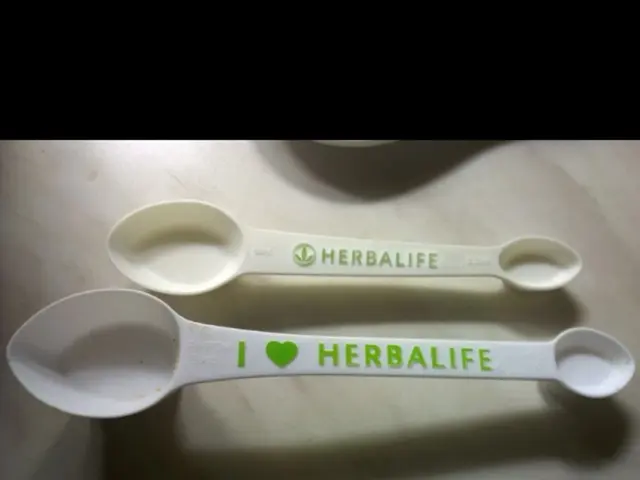Workplace sunburn incidents: Proper reaction guidelines
In the sweltering heat of summer, it's essential to be aware of the risks associated with heat-related illnesses. As temperatures soar, workers in physically demanding jobs, particularly those outdoors, are at an increased risk. Here's a guide to help identify and provide first aid for sunstroke, heat exhaustion, and heatstroke.
Identification
Heat exhaustion and sunstroke (or heatstroke) are two heat-related conditions that can occur during extreme heat.
Key Symptoms of Heat Exhaustion: - Weakness - Heavy sweating - Dizziness - Nausea - Headache - Pale or moist skin - Rapid pulse
Key Symptoms of Sunstroke/Heatstroke: - High body temperature (often >40°C/104°F) - Hot/red/dry or sometimes moist skin - Confusion - Headache - Dizziness - Fainting - Nausea or vomiting - Rapid heartbeat and breathing - Altered mental state (disorientation, seizures, loss of consciousness)
First Aid Steps
1. Move to a Cooler Environment: - Immediately get the person out of the heat and into shade or an air-conditioned area.
2. Cool the Body: - Remove excess clothing. - Apply cool, wet cloths or towels. - Use fans or ice packs on key areas: neck, armpits, groin, palms, and feet. - If possible and safe, immerse in cool (not ice-cold) water to quickly reduce core temperature.
3. Hydration: - If the person is conscious and able to swallow, give cool water or drinks with electrolytes slowly. - Avoid forcing fluids if the person is unconscious or vomiting.
4. Monitor and Support: - Watch vital signs and mental status. - Do not leave the person alone. - Prepare for emergency medical services arrival or call emergency number immediately if heatstroke is suspected.
When to Call Emergency Services
- High body temperature (above 40°C or 104°F) - Confusion, seizures, loss of consciousness - Hot, dry skin or rapid, weak pulse - Vomiting or inability to take fluids
Heatstroke is potentially fatal and requires urgent medical care including hospital treatments like IV fluids, oxygen, and cooling therapies.
Summary Table
| Condition | Symptoms | First Aid | Emergency? | |-------------------|-------------------------------------------|-----------------------------------------|--------------------------------| | Heat Exhaustion | Heavy sweating, dizziness, nausea, pale skin, rapid pulse | Shade, loosen clothes, cool compresses, oral fluids if able | Usually no, if treated promptly| | Heatstroke / Sunstroke | High fever, hot/dry skin, confusion, seizures, unconsciousness | Call 911, cool rapidly, remove clothes, hydrate if conscious | Yes, immediate EMS needed |
Remember, early recognition and immediate cooling and hydration can save lives. If you suspect heatstroke, do not hesitate to call the emergency services. In Berlin, where current temperatures are above 30°C, staying safe and informed is crucial.
In the realm of health-and-wellness, it's vital to understand the role of fitness-and-exercise and mental-health in preventing heat-related illnesses. Regular exercise helps improve overall physical condition, reducing the risk of heat exhaustion and sunstroke. Additionally, maintaining good mental health can help individuals better cope with the stress and fatigue of intense physical activity in high temperatures. Furthermore, therapies-and-treatments such as adequate nutrition play a crucial role in strengthening the body's resilience to heat-related conditions. For instance, a balanced diet rich in fluids and electrolytes can assist in hydration, a key aspect of preventing and treating heat-related illnesses.






